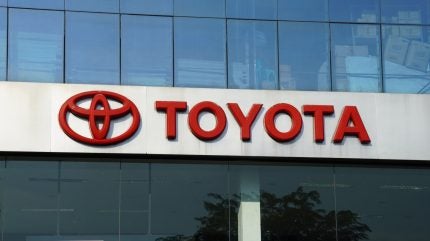
ROHM’s 4th generation silicon carbide (SiC) metal-oxide-semiconductor field-effect Transistor (MOSFET) bare chip has been adopted for mass production in Toyota’s new battery electric vehicle (BEV), the “bZ5”, specifically designed for the Chinese market.
The “bZ5” is a crossover BEV resulting from a joint development effort by Toyota, BYD TOYOTA EV TECHNOLOGY, FAW Toyota Motor, and others, and was launched by FAW Toyota in June 2025.

Discover B2B Marketing That Performs
Combine business intelligence and editorial excellence to reach engaged professionals across 36 leading media platforms.
The power module, equipped with ROHM’s SiC MOSFET, is a critical component in the vehicle’s traction inverter, playing a vital role in the BEV’s extended range and performance enhancements.
Mass production shipments of the power module have commenced from HAIMOSIC (SHANGHAI), a joint venture between ROHM and Zhenghai Group.
ROHM is not only focusing on the current 4th generation SiC MOSFET but is also laying the groundwork for future advancements.
The company aims to complete a production line for the next-generation 5th generation SiC MOSFET by 2025 and is actively working on the introduction of the 6th and 7th generations.
ROHM is dedicated to improving device performance and production efficiency.
The company plans to offer SiC in various forms, including bare chips, discrete components, and modules, to promote the widespread adoption of SiC technology and contribute to a sustainable mobility society.
Also, Toyota Motor Europe has partnered with VDL Groep to introduce fuel cell trucks, marking progress towards zero tailpipe emissions in heavy-duty logistics.
This collaboration has already resulted in the deployment of four additional fuel cell trucks, following an initial demonstration vehicle.
Furthermore, this month marked the official launch of the new competitively-priced bZ5 battery-powered SUV by FAW Toyota Motor Company, one of Toyota’s main Chinese joint ventures.
This launch is part of Toyota’s strategy to expand its presence in China’s rapidly growing new energy vehicle (NEV) market.






